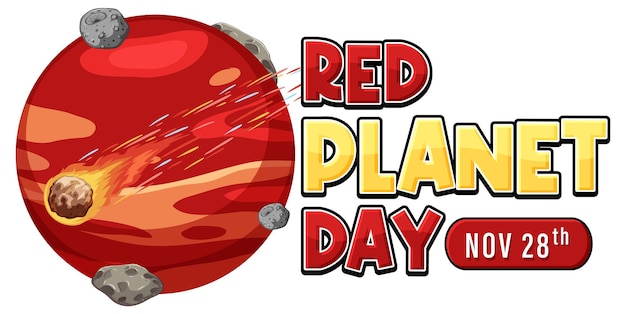Fascinating Saturn – Discovering the Wonders of the Ringed Planet

Saturn is the sixth planet from the Sun in our solar system.
Saturn is known for its distinctive rings, which are made up of ice particles and rocks.
Saturn’s rings are so huge that they would stretch out over 280,000 kilometers if flattened out.
Saturn’s rings are not solid; they are made up of countless smaller ringlets.
Saturn has over 60 moons, with Titan being the largest and most well-known.
Saturn is the second-largest planet in our solar system, after Jupiter.
Saturn is a gas giant, meaning it does not have a solid surface like Earth.
The atmosphere of Saturn is primarily composed of hydrogen and helium.
Saturn’s average temperature is -178 degrees Celsius (or -288 degrees Fahrenheit).
Saturn has a thick cloud cover that makes it difficult to see its surface.
Despite not having a solid surface, Saturn does have a core made up of rock and ice.
Saturn has a hexagonal-shaped storm at its north pole, which was first observed by the Cassini spacecraft.
Saturn is the least dense planet in our solar system, meaning it would float if there was a large enough body of water to contain it.
Saturn takes around 29.5 Earth years to complete one orbit around the Sun.
The rings of Saturn were first observed by Galileo Galilei in 16
Saturn’s rings are constantly changing and evolving due to gravitational forces from its moons.
Saturn has its own version of the northern and southern lights, known as Saturnian auroras.
Fascinating Saturn – Discovering the Wonders of the Ringed Planet part 2
The iconic rings of Saturn are believed to be relatively young, potentially forming less than 100 million years ago.
The largest gap in Saturn’s rings is called the Cassini Division, named after the spacecraft that discovered it.
Saturn’s moon Enceladus has geysers that spew water vapor into space.
Saturn can sometimes be seen from Earth with the naked eye, appearing as a bright, pale yellow dot in the night sky.
The first spacecraft to visit Saturn was Pioneer 11 in 1979.
The most comprehensive data on Saturn and its moons were obtained by the Cassini spacecraft, which orbited the planet for 13 years (2004-2017).
Saturn’s rings are not completely flat; they have vertical undulations called waves.
Saturn has a strong magnetic field, roughly 578 times stronger than Earth’s.
The rings of Saturn are thought to be the remnants of a moon or icy object that was destroyed by tidal forces.
Saturn’s moon Titan has a thick atmosphere and is the only moon in our solar system with a significant atmosphere.
Titan’s atmosphere is primarily composed of nitrogen, similar to Earth’s.
Titan has lakes and rivers of liquid methane and ethane on its surface, making it a potential candidate for extraterrestrial life.
Saturn emits more energy than it receives from the Sun, indicating that it has an internal heat source.
The name Saturn is derived from the Roman god of agriculture and harvest.
Saturn’s rings can be up to 175,000 kilometers wide, which is wider than the distance between the Earth and the Moon.
The rings of Saturn are less than 1 kilometer thick.
Saturn has a rapid rotation, completing one rotation in about 10.7 hours.
The Voyager 1 spacecraft took the famous Pale Blue Dot photo of Earth from the outskirts of the solar system, with Saturn appearing as a tiny dot in the distance.
The Cassini spacecraft discovered a massive hexagonal storm on Saturn’s north pole that is larger than Earth itself.
Saturn’s rings are made up of particles ranging in size from tiny grains to large boulders.
The Cassini spacecraft made a deliberate plunge into Saturn’s atmosphere in 2017, effectively completing its mission and preventing possible contamination of Saturn’s moons.
Saturn’s rings are not visible from its equator due to the planet’s tilt.
Saturn’s moon Mimas has a giant impact crater named Herschel, which gives it a resemblance to the Death Star from Star Wars.
Titan, Saturn’s largest moon, is the second-largest moon in the solar system, after Jupiter’s moon Ganymede.
Saturn’s rings are so huge that despite being made up of mostly ice, they reflect very little sunlight, appearing almost completely black in some areas.
The rings of Saturn are composed of billions of individual ringlets, each orbiting the planet independently.
Saturn has a tenuous outer ring called the F ring, which is constantly being disturbed by the moons Prometheus and Pandora.
The gravitational pull of Saturn’s moon Titan causes slight wobbles in the planet’s rings, which have been used by scientists to study the moon’s interior structure.